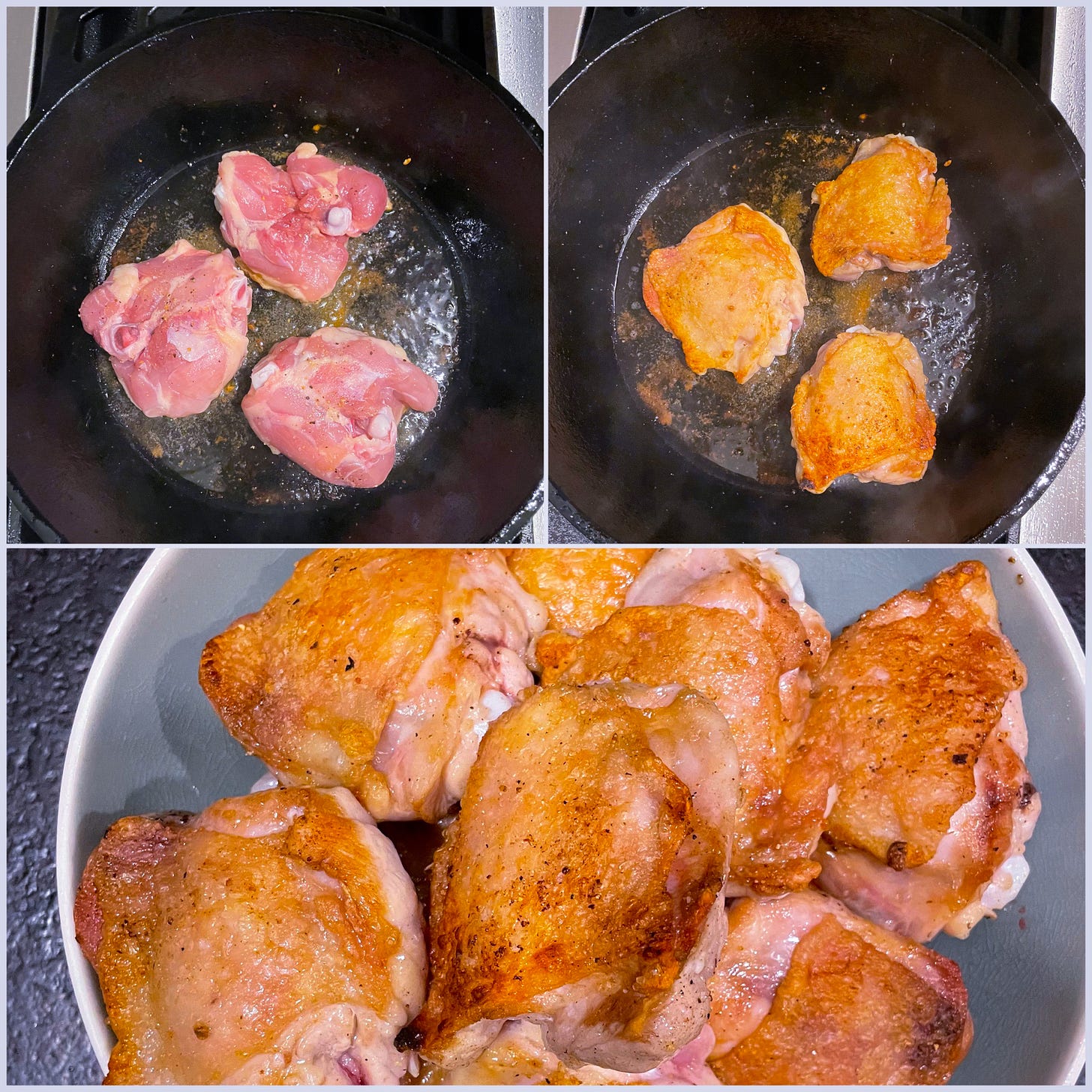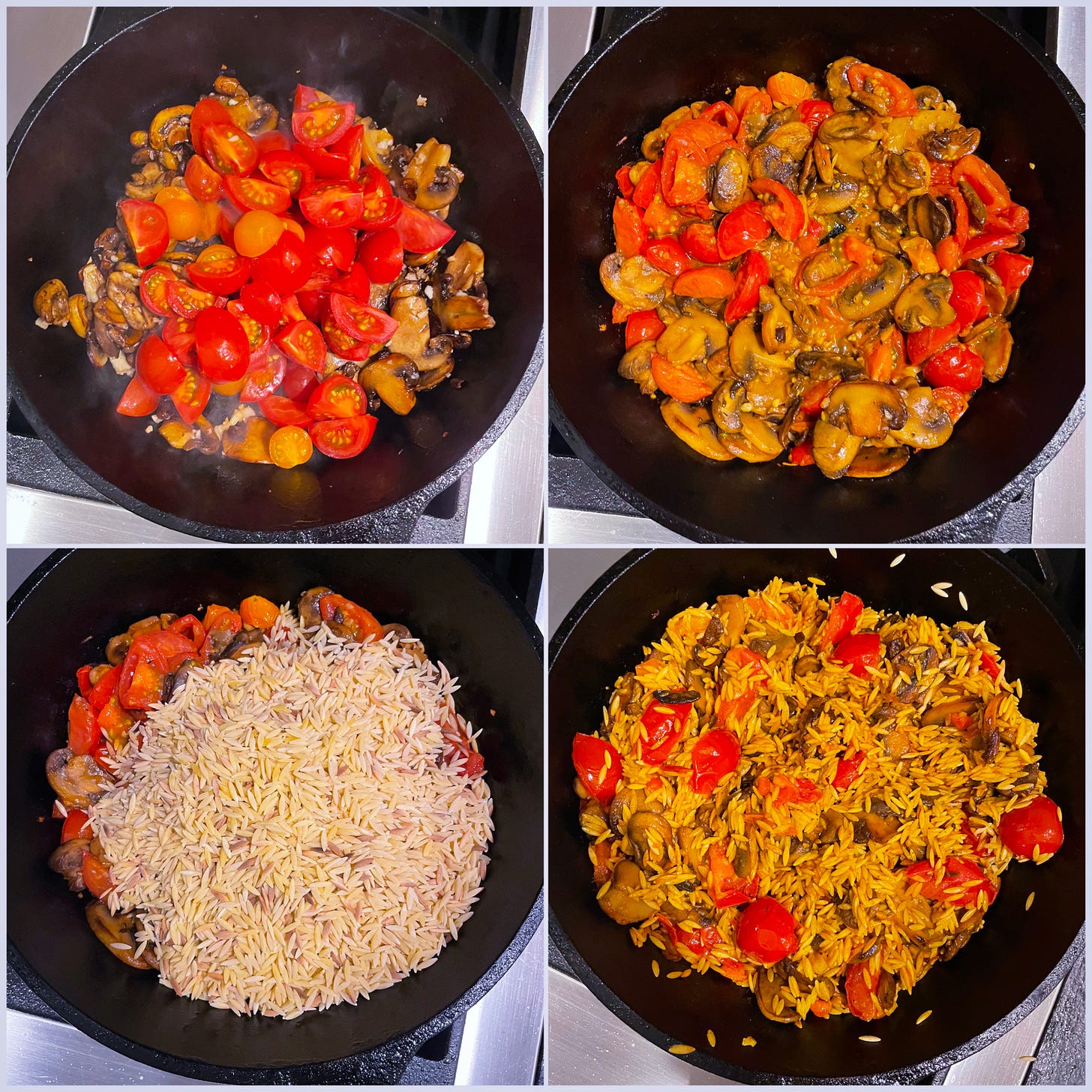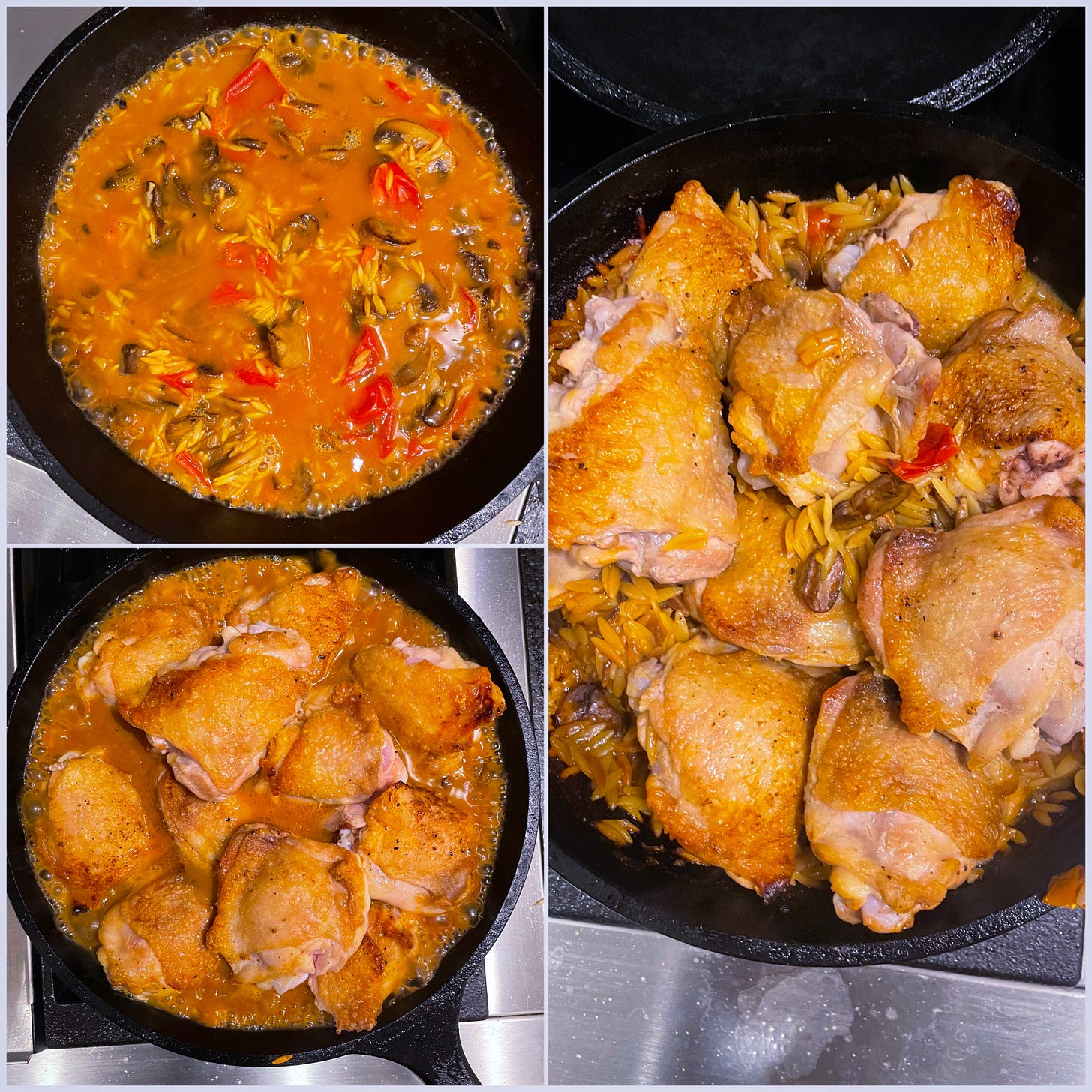He wrote an essay about this. The whole thing is a quite frank look at how Rob writes, a raw look at his internal monologue about publishing, and a screed against authority and conformity. Not bad for a dude who doesn’t even know proper formatting2!
Writing in lower-case “catapults [Rob]” into “work that [is] courageous and congruent with [his] deepest sense of self.” That’s some pretty powerful stuff!
I could never write in all lower-case. One, my mom would kill me3; two, my English major instincts would revolt; and three, I would never want to. I like writing with proper mechanics. In my mind, working within the structure is what makes writing fun. Rob writes about subverting “the rules of polite society” — but you don’t need to channel e e cummings to do that — you can also do it by writing well, untraditionally4.
In high school, I read a lot of Jack Kerouac, especially his Book of Sketches. I got really into writing, quickly dashed poetry — using em dashes capriciously5 — without regard for syntax, for format, sketching extemporaneously, compulsively. In college, I did the same with free verse, writing lyrical screeds against poetry that tries to hard to be poetry — that reads like an angsty writer angsting against writing. I wrote a lot, pushing against the edges of convention, conveniently forgetting, forgoing foundations of prose.
Doing that made me a better writer. As Rob points out, sometimes you need to give “a blatant middle finger” to formality, to authority, in order to find your own voice, your own style. Good writing is authentic writing; but, authentic writing can only come from a confident writer.
To become a truly confident writer, to become a good writer — to write well — you need to be solidly rooted in the elements of style6. You need to read good writing and you need to practice writing good sentences7. You need to know when to be brief, when to elaborate, when to omit. Before you can break the rules of writing, you need to know what the rules are. When you read bad writing, it’s abundantly clear8. You can be as subversive, as anarchical, as post-postmodern as you want in the way you style your sentences9 — but if they don’t make grammatical sense — even if the words, the message, the heart of your writing is superb — well, it just won’t be good.
Like I said: In order to break the rules of writing, you need to understand them.
Cooking, I think, is much the same. The best things I cook, the best things I eat, are things that are rooted in tradition. Before you can experiment, you need to know the basics. Can you roast a chicken? Can you scramble an egg? Can you make pasta with red sauce? Once you can make a few foundational dishes with confidence, then you can start to play around with new flavors, new textures, new ingredients. Then, you can hold your own in the Chopped kitchen.
This week’s recipe is an ode to that. It’s roughly based on a chicken and orzo recipe originally from NYT Cooking10, but over the numerous times I've made it, I made substitutions and changes. This latest version was the first time we added mushrooms, and it was terrific — but they were added on a whim. Feel free to play around with this if you feel comfortable with your cooking foundation — and if not, making as written is a great place to start.
Season some bone-in, skin-on chicken thighs with salt and pepper11, letting them sit out for a bit to come to room temp12. Heat up a deep skillet or Dutch oven and drop in the thighs, skin side down, and let cook, untouched, until they’ve browned and their fat has rendered. Remove to a plate13.
In the same pan, drop in a bunch of mushrooms and cook in the rendered chicken fat until well-browned, adding butter as needed to keep the mushrooms from burning. Add some garlic, tomatoes if you have them, and stir until aromatic. Dump in some orzo14 and stir.
Pour in chicken stock to cover the orzo and bring to a boil. Add the chicken on top and cook at a simmer until the orzo is tender and chicken cooked through — adding more stock or covering the pan as needed.
Serve in a bowl with crumbled feta.
There you go. This recipe comes together quicker than it would appear, and is a pretty solid weeknight option. If you want to speed things up even more, you can use boneless chicken thighs, forgoing the browning, and skip the mushrooms (since they really need to be cooked down). Will still taste delicious and probably saves you 15-20 minutes.
I don’t have too much else for you. We’re starting to see the sun well into the 6 o’clock hour, which is nice for getting some morning sunlight. We’re also well seeing the sun set well past 5pm — so before you know it, we’ll have a full 12 hours of daylight! Not a bad thing to look forward to, at all.
Enjoy your Fridays, get some sleep, and laugh out loud a few times this weekend.
At least on Twitter.
I jest!
I don’t think I’m wrong here, but she may surprise me and say otherwise!
This again isn’t meant to be a knock on Rob, who is a terrific writer, so please don’t think I’m against writing however you’d like. Rob also does publish a fair amount of work in regular case, so he clearly has figured out what works for him and when — as I preach in this very post!
That’s how you know you’re a good writer.
That’s an E.B. White pun, in case you were wondering
Even if that means copying them from a better writer than you.
Likewise, so is good writing. I can’t define it with any formality, but it’s kind of like pornography: you know it when you see it.
The Art of Styling Sentences is a writing book, but the sentence patterns it teaches are the building blocks of great writing. It teaches you how to layer short sentences with long; brisk paragraphs with deep dives. It teaches you how to write in parallel, with semi-colons, in lists of three. It’s a book I’d recommend working through if you want to improve your understanding of writing.
I could be wrong because I can’t find it now.
About 30 minutes is a sweet spot.
Having cooked this once or twice more since writing up this version of the recipe, I’m convinced it’s better to actually finish cooking the chicken in the oven here (after crisping the skin). To get to chicken to cook through with the orzo takes too much time, and also risks burning the bottom of the orzo.
If you remember, you should toast the orzo beforehand in a hot skillet until it gets fragrant.











Oh no!!!! So distressing, and such an oversight on my part.
You can pull my hair when I see you.
Well, I wouldn't kill you, but I probably would pull your hair or something--coming from a person who can't send a text without proper capitalization and punctuation, or end a sentence with a preposition.
Now for some reason, I had to open this post in my browser (we received a new modem from Spectrum which was supposed to make everything quicker, easier and better, and so far it has made everything slower, harder and worse--but I am trying to dwell only on the positives in my life, so I won't brood over this "mildly inconvenient but still HAPPY turn of events."
Anyway, the reason I brought this up is because the photos of the food were supersized, as in, real life pan/plate size, and EVERYTHING looks outrageously delicious. You will definitely have to make this for me (as there are a lot of details I may not be patient enough to cover on my own), and you must absolutely include the mushrooms and toast the orzo. And make a lot. (Oh my goodness--did I just start a sentence with a coordinating conjunction word????). I must be going senile!
I love you!!!!